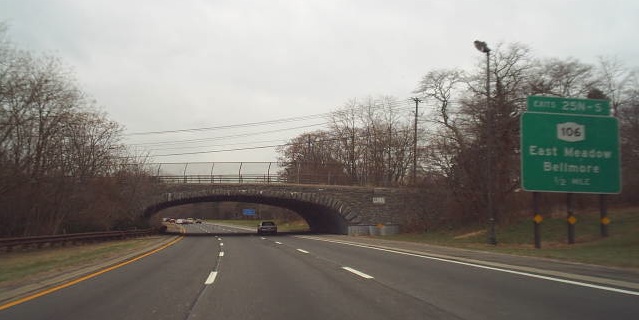Screening: Misleading Innocence (Tracing What a Bridge Can Do) Feb 19, 2016
Misleading Innocence (Tracing What a Bridge Can Do)
Screening, 19 February, 6pm-8pm
The LAB (Fourth Floor)
1 Foley Street,
Dublin 1.
Free, but booking necessary.
This documentary film is an introduction to a controversy over an infrastructural project led by the powerful New York urban planner Robert Moses. It tells the story of the Long Island parkways that Moses built, which were restricted to carrying cars only. Buses, which might be used by the less well-off, were excluded from the parkways by low bridges. This exclusion has been seen as a racist act, a form of covert disciplinary architecture. It has become a widely repeated parable of the politics embedded in artefacts, after being mentioned in Robert A. Caro’s popular biography of Moses, The Power Broker. Misleading Innocence tells the story of this parable, and of the complexities which lie behind it.
The film will appeal to those with an interest in the critical discourse around design, urban planning or infrastructure. It involves the concrete political and social dimension of infrastructure as well as touching on more philosophical questions about technology.
The screening will be followed by a panel discussion with Livia Hurley, architect and architectural historian, John McLaughlin, architect, and Theo Honohan, student, IADT ARC.
Misleading Innocence is one of the outcomes of a project on devious design by the curator Francesco Garutti, and was produced by the Canadian Centre for Architecture. This screening takes place with the support of The LAB, IADT Art and Research Collaboration MA programme, and courtesy of the Canadian Centre for Architecture.
Screening organized by Theo Honohan, second-year student on IADT Art and Research Collaboration MA programme.


